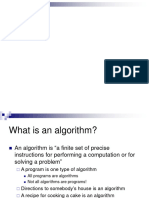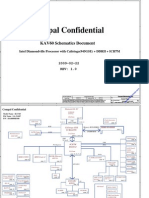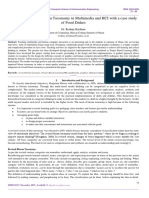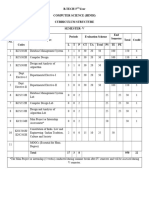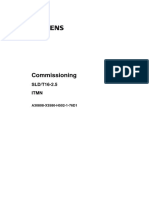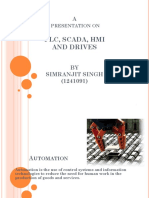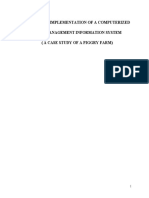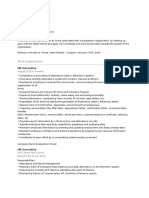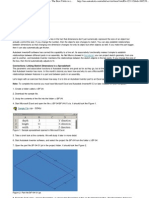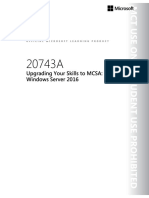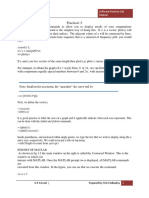0% found this document useful (0 votes)
9 views33 pagesWeek 2 - Computational Thinking
Uploaded by
Ryan K 9D - 25Copyright
© © All Rights Reserved
We take content rights seriously. If you suspect this is your content, claim it here.
Available Formats
Download as PDF, TXT or read online on Scribd
0% found this document useful (0 votes)
9 views33 pagesWeek 2 - Computational Thinking
Uploaded by
Ryan K 9D - 25Copyright
© © All Rights Reserved
We take content rights seriously. If you suspect this is your content, claim it here.
Available Formats
Download as PDF, TXT or read online on Scribd
/ 33











































